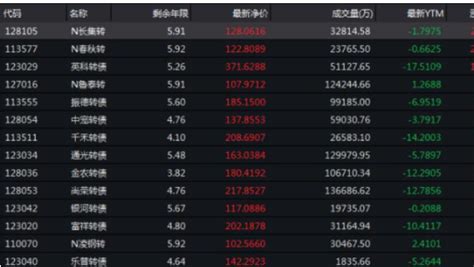Understanding Stock Size Premium
Stock size premium refers to the phenomenon where smallcap stocks tend to outperform largecap stocks over the long term. This concept is deeply rooted in finance theory and has significant implications for investors. Let's delve into the intricacies of stock size premium, its drivers, and how investors can navigate this phenomenon.
What is Stock Size Premium?
Stock size premium, also known as the smallcap premium, is the excess return that smallcap stocks generate over largecap stocks. In other words, it's the additional return investors can potentially earn by investing in smaller companies compared to larger, more established ones.

Drivers of Stock Size Premium:
1.
Market Inefficiency
: Smallcap stocks are often less efficiently priced than largecap stocks. This inefficiency can result from lower analyst coverage and fewer institutional investors scrutinizing smallcap companies, leading to greater opportunities for mispricing and, consequently, higher potential returns.
2.
Risk Factor
: Smallcap stocks are generally riskier investments compared to largecap stocks. They tend to be more volatile and less liquid, making them riskier assets. Investors demand a higher return to compensate for this increased risk, contributing to the size premium.
3.
Growth Potential
: Smallcap companies often have greater growth potential than their larger counterparts. They may operate in niche markets, have innovative business models, or possess disruptive technologies, which can lead to rapid growth and higher returns for investors.
Strategies to Capture Stock Size Premium:
1.
Diversification
: As with any investment strategy, diversification is key. Instead of concentrating solely on smallcap stocks, investors should consider a diversified portfolio that includes a mix of small, mid, and largecap stocks to mitigate specific risks associated with smallcap investing.
2.
Factor Investing
: Investors can employ factorbased strategies, such as the FamaFrench threefactor model, which includes size (small vs. large) as one of its key factors. By tilting their portfolios towards smallcap stocks, investors can potentially capture the size premium while controlling for other factors like value and market risk.
3.
Active Management
: Active fund managers may capitalize on market inefficiencies and mispricings in the smallcap space through rigorous research and stock selection. However, investors should carefully evaluate the track record and investment approach of active managers before entrusting their capital.
4.
LongTerm Perspective
: Stock size premium is a longterm phenomenon, and investors should adopt a patient, longterm investment horizon to fully reap its benefits. Shortterm fluctuations and volatility are inherent in smallcap investing, but over time, the size premium has historically rewarded patient investors.
Conclusion:
Stock size premium presents an opportunity for investors to potentially enhance their returns by allocating a portion of their portfolio to smallcap stocks. However, it's essential to recognize the risks associated with smallcap investing and employ appropriate strategies to mitigate these risks. By diversifying effectively, leveraging factorbased investing, considering active management, and maintaining a longterm perspective, investors can navigate the complexities of stock size premium and potentially enhance their investment outcomes.
In summary, while stock size premium may present enticing opportunities, investors should approach it with caution, diligence, and a longterm mindset to unlock its full potential.
Key Takeaways:
Stock size premium refers to the excess return generated by smallcap stocks over largecap stocks.
Drivers of stock size premium include market inefficiency, higher risk, and greater growth potential of smallcap stocks.
Strategies to capture stock size premium include diversification, factor investing, active management, and maintaining a longterm perspective.
